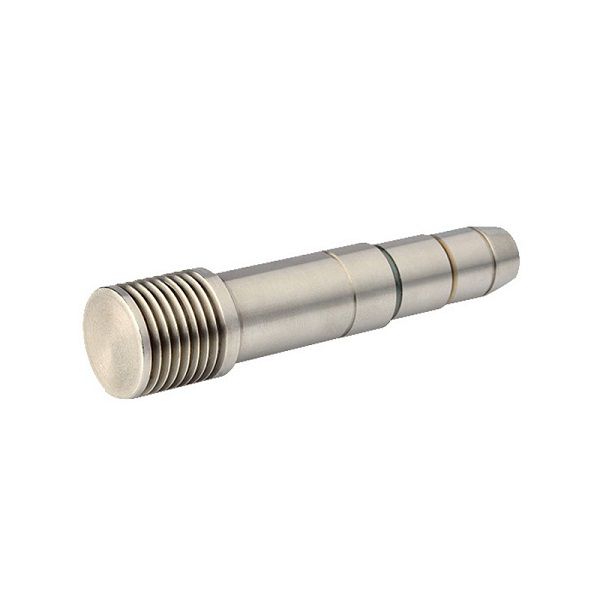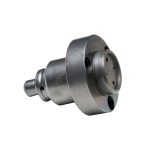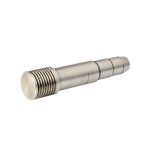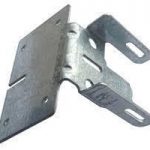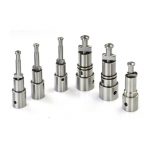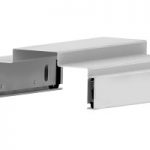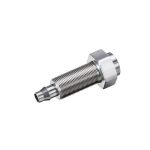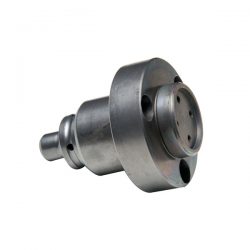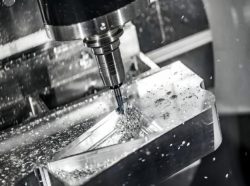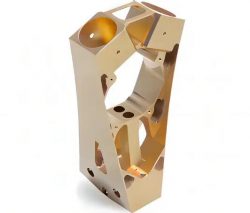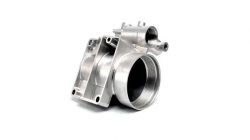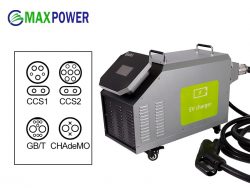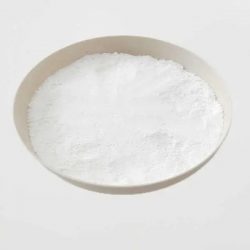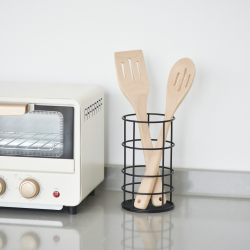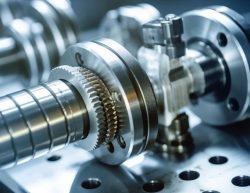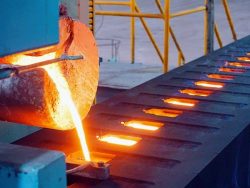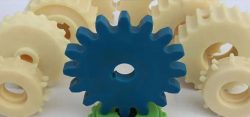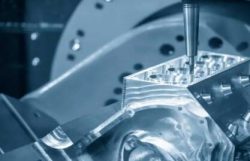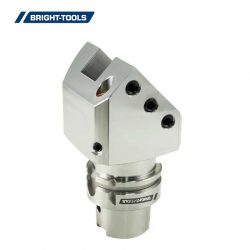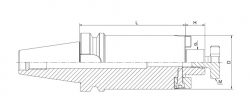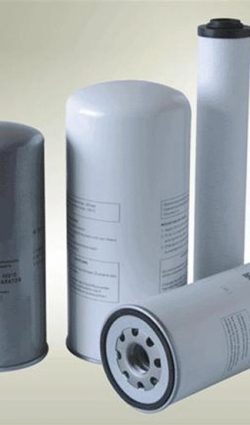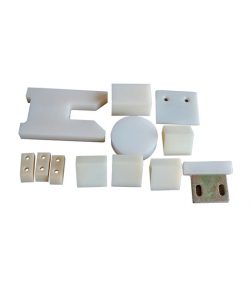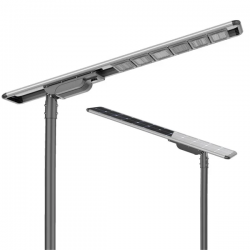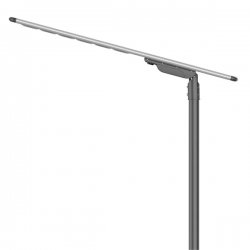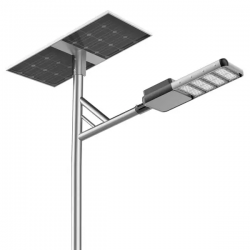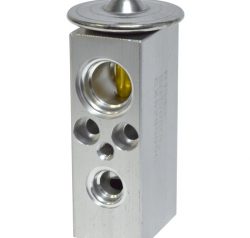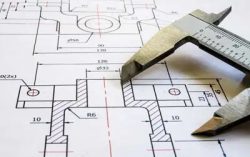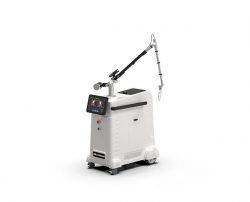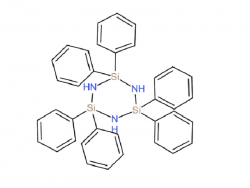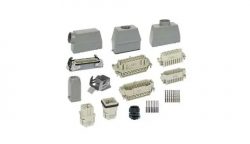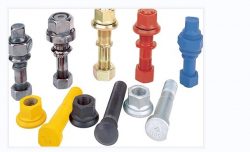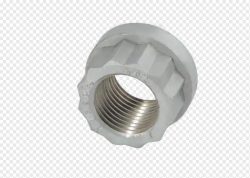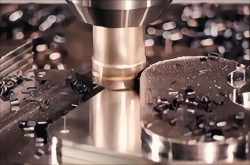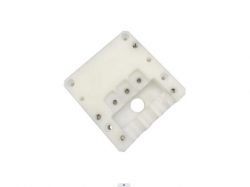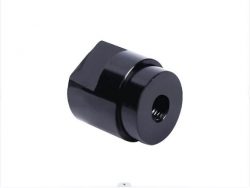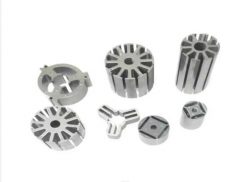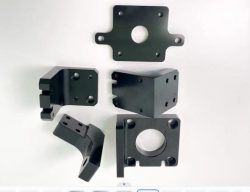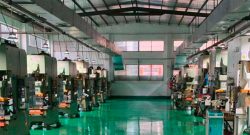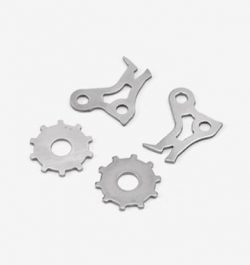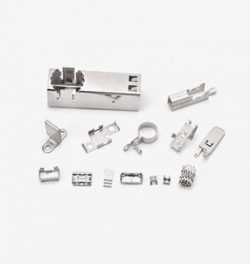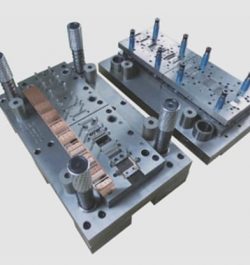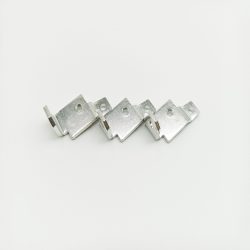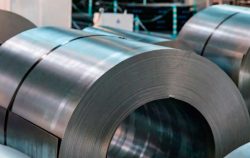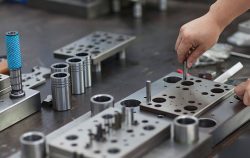Stainless Steel CNC Machining Parts
Basic Info.Trade Term: EXW,FOB,CIF.CFRPayment Term: T/T,L/C, Western UnionDelivery Time:7-30daysPlace of Origin: Ningbo, China
Information About HEWCHO Stainless Steel CNC Machining Parts
Features of stainless steel machined parts:
·Product name:Stainless Steel CNC Machinng Parts·Material:Stainless Steel 303, 304, 316·Machining Tolerances:0.01mm·Machining Process:CNC Turning, CNC Milling, Grinding, Threading, Tapping, Bending, Welding, Drilling, Forging·Min. Order:500PCS·Surface Treatment: Polishing, Heat Treatment, Sand Blasting, Zinc Plated, Anodization, Chemical Fim,·Packing: Carton Box, Blister tray, Pallet, Wooden Case.A·Certificate:ISO9001:2008, ISO/TS16949As stainless steel parts manufacturers, we provide stainless steel CNC machining services. The stainless steel machine parts are of good quality in our company.
What we can Provide:
Machining Material:
CNC Machining Service
Carbon Steel
CNC Turning Service
Stainless Steel
CNC Milling Service
Aluminum
Cold Forging Service
Brass
Metal Stamping Service
Copper
Titanium Alloy
Surface Treatment
Application:
Heat Treatment
Automobile Spare Parts
Sand Blasting
Electrical Appliance Industry
Polishing
Electronics Industry
Zinc Plated
General Industry
Anodization
Machinery and Equipment
Chemical Fim
Hydraulic and Pneumatic
Stainless Steel Parts Features:
Chemical CompositionCorrosion resistance of stainless steel decreases with the increase of carbon content. Therefore, most stainless steels have low carbon content, the maximum is not more than 1.2%, and some steels have ωc (carbon content) even lower than 0.03% (eg 00Cr12 ). The main alloying element in stainless steel is Cr (chromium). The corrosion resistance of steel is only when the Cr content reaches a certain value. Therefore, stainless steel generally has a Cr (chromium) content of at least 10.5%. Stainless steel also contains elements such as Ni, Ti, Mn, N, Nb, Mo, Si, and Cu. Stainless steel machining components have the following features:Weldability: Stainless steel machined products have good weldability. These products can be used for vessel parts, water heaters, drinking fountains, etc.Heat resistance: Heat resistance means that stainless steel machining components can still maintain its excellent physical and mechanical properties at high temperatures.Corrosion resistance: When the amount of chromium atoms in the steel is not less than 12.5%, the electrode potential of the steel can be abruptly changed from a negative potential to a positive electrode potential. Prevent electrochemical corrosion.
Physical properties of stainless steel machine parts compared with carbon steel
1, densityThe density of carbon steel is slightly higher than that of ferritic and martensitic stainless steels and slightly lower than that of austenitic stainless steels;2, resistivityThe resistivity is increasing in order of carbon steel, ferrite, martensitic, and austenitic stainless steels;3. The order of linear expansion coefficient is also similar, austenitic stainless steel is the highest and carbon steel is the smallest;4, carbon steel, ferritic and martensitic stainless steel magnetic, austenitic stainless steel non-magnetic, but the cold work hardening martensitic transformation will produce magnetic, heat treatment can be used to eliminate the martensite Organize and restore its non-magnetic.
Differences in below four stainless steels
303: It is easier to turn than 304 by adding a small amount of sulfur and phosphorus.304:The most commonly used stainless steel. Products such as: corrosion resistant containers, fittings, furniture, valves, pumps, medical equipment. The standard composition is 18% chromium plus 8% nickel. It is a non-magnetic stainless steel that cannot be changed by its heat treatment method.316: Following 304, the second most widely used type of steel, mainly used in the food industry, watch accessories, pharmaceutical industry and surgical equipment, adding molybdenum elements to obtain a special structure against corrosion. Because it has better resistance to chloride corrosion than 304, it is also used as “marine steel”. SS316 is usually used in nuclear fuel recovery devices. 18/10 grade stainless steel also generally meets this application level.316 L: low carbon, so it is more resistant to corrosion, easy to heat treatment, products such as: chemical processing equipment, nuclear power generators, refrigerant storage tanks.
